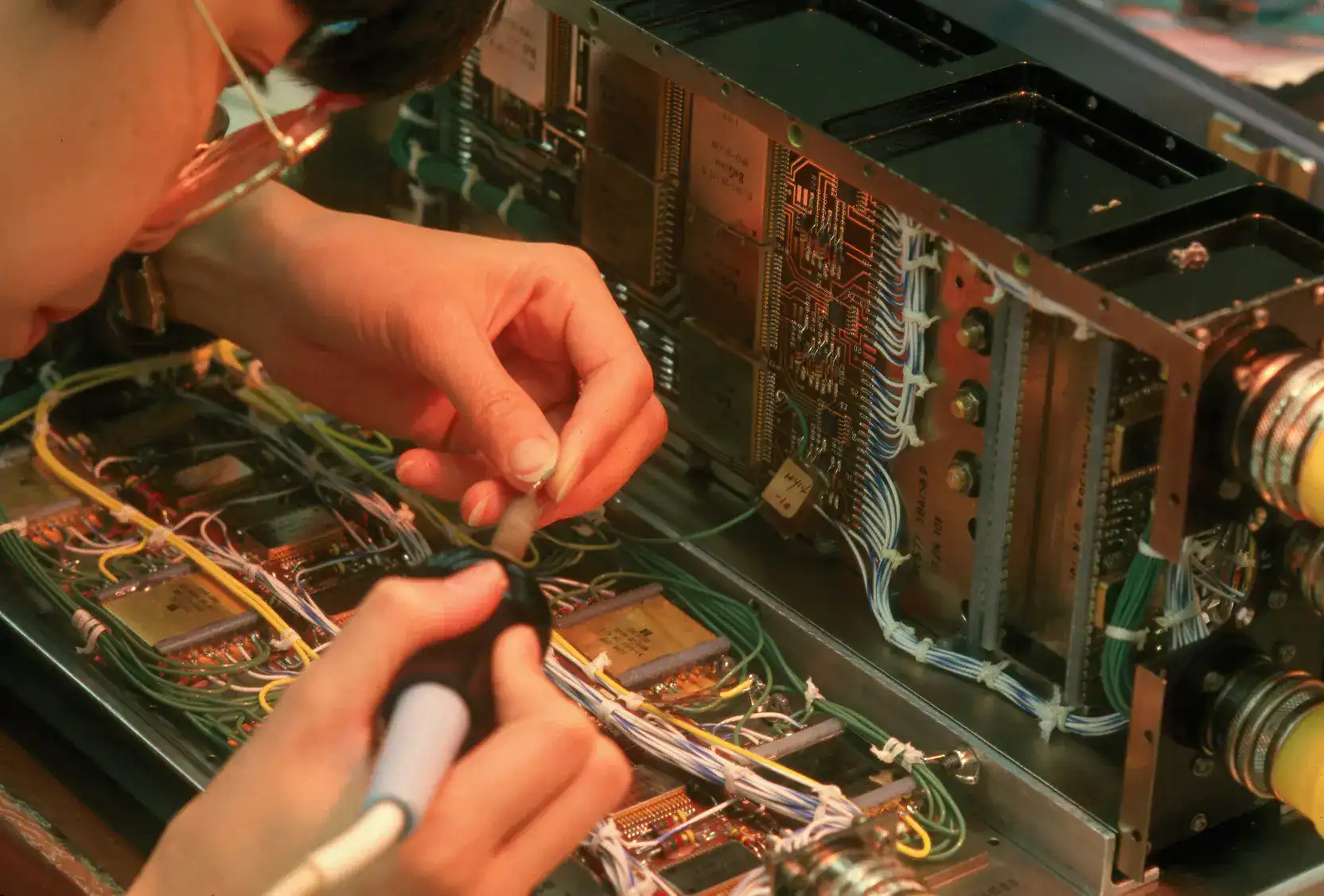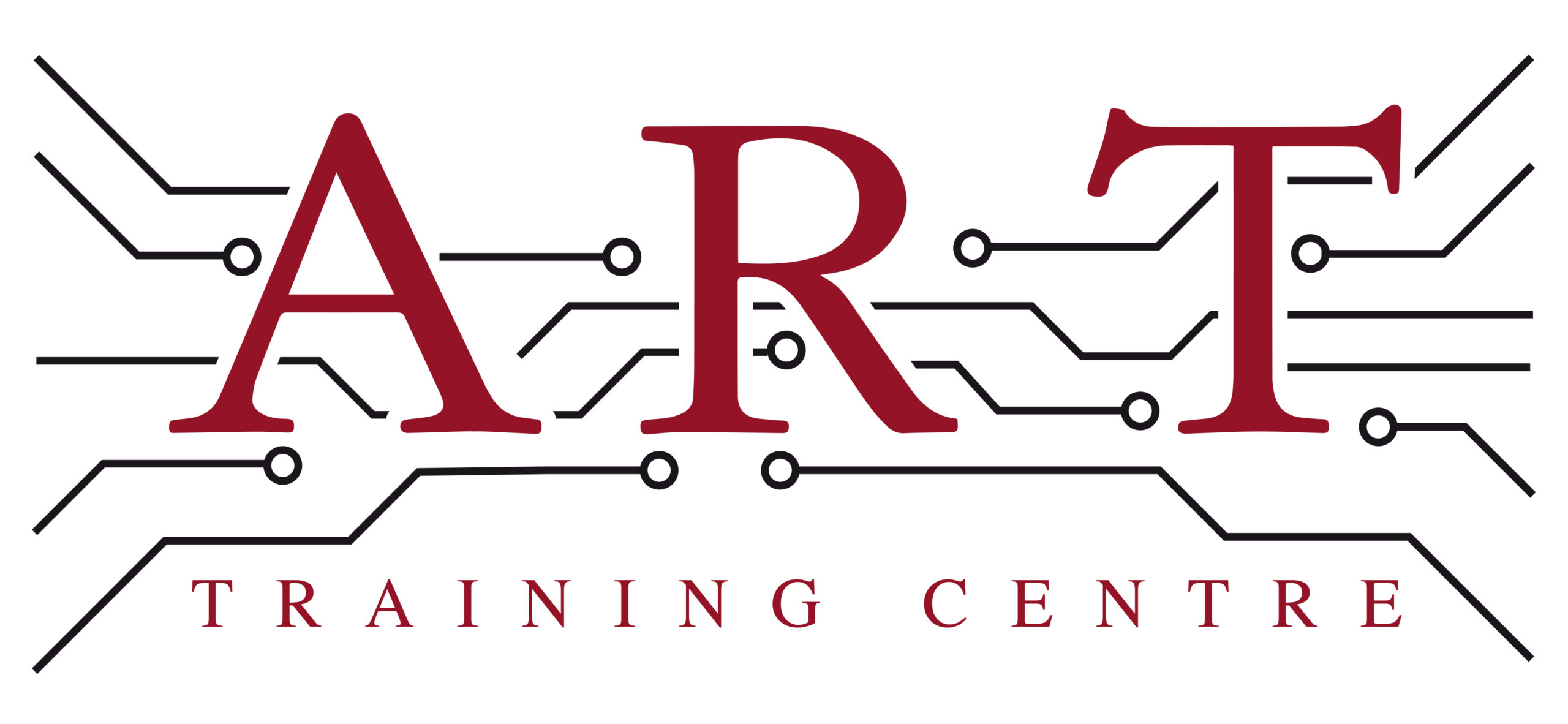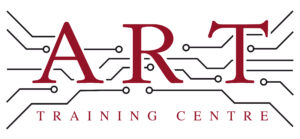A conformal coating PCB is a printed circuit board that has been treated with a protective, non-conductive film. This thin layer acts as a barrier against moisture, dust, chemicals and temperature extremes. It is particularly important in high-reliability sectors where PCBs are exposed to challenging conditions such as vibration, humidity or corrosive environments.

Interested in More Information on PCBs?
Call: +44 (0)1245 237083
Email: [email protected]
The Purpose of Conformal Coating PCB Protection
The main role of conformal coatings is to safeguard both performance and lifespan. These coatings allow sensitive assemblies to maintain their electrical characteristics without interference or degradation from environmental factors. In aerospace, defence and automotive electronics, the use of a conformal coating on a PCB can prevent early failure and improve long-term reliability.
Types of Conformal Coating PCB Materials and Their Properties
The type of coating selected depends on the environment, rework requirements and protection level needed. Each conformal coating material used with PCBs offers different benefits and limitations. Selecting the wrong coating can lead to premature failure, inspection difficulties or unnecessary complications during repair. Understanding the application environment and downstream processes is essential before choosing a conformal coating solution.
Acrylic (AR)
Acrylic coatings are easy to apply and remove, making them a popular choice for standard applications. They offer good moisture resistance and transparency, meaning they are widely used in many different application settings. What’s more, acrylic is often used when the PCB may need to be repaired or modified after production.
Silicone (SR)
Silicone coatings offer excellent thermal stability and flexibility, performing well in high-temperature environments. They are frequently applied to conformal coating PCB assemblies in aerospace and automotive applications due to their resistance to thermal shock. This combination of properties makes them suitable for assemblies exposed to rapid temperature cycling or mechanical stress.
Urethane (UR)
Urethane provides high resistance to solvents and chemicals. It is more durable but also more difficult to remove. For conformal coating PCB applications in defence or industrial controls, urethane can deliver long-lasting protection where rework is unlikely. Careful planning is essential, as any post-assembly modification can be time-consuming and may risk damaging the board.
Epoxy (ER)
Epoxy coatings are extremely tough and provide excellent abrasion resistance. However, they are not easily reworkable, which can be a limitation for some production settings. Epoxy is typically reserved for mission-critical conformal coatings where exposure to harsh or physically demanding environments is to be expected. Their rigidity also means that stress relief considerations must be factored into board and component design.
Parylene (XY)
Parylene is applied using vapour deposition, producing an ultra-thin, even coating that conforms to all surfaces. It offers excellent chemical resistance and electrical insulation. However, the high cost and specialised equipment mean it is used mainly in aerospace, medical or military conformal coating PCB assemblies where absolute protection is essential.
When and Where Conformal Coating PCB Solutions Are Used
A conformal coating PCB is most often required when a product will face moisture, salt, chemical vapours or temperature variation. Sectors such as defence, aerospace, medical, marine and automotive frequently specify coating to extend the life of electronic assemblies in critical systems.
Environmental conditions determine which type of coating is applied. In addition to the operational setting, manufacturers consider whether the PCB will need to be inspected or repaired in service. The right conformal coating approach balances protection, process compatibility and maintainability.
Conformal Coating PCB Application and Inspection
The effectiveness of a PCB with a conformal coating depends not just on material choice but also on correct application. Coatings can be applied by dipping, brushing, spraying or vapour-phase methods. Inconsistent application can result in bubbles, uneven coverage or voids that compromise protection.
Masking is a vital step in conformal coating PCB production. Connectors, test points and keep-out zones must be carefully protected to prevent coating from interfering with electrical performance. Curing time and environmental controls are also essential for reliable coating adhesion.
Visual inspection is typically carried out under UV light or magnification to assess coating uniformity and thickness. Defects such as dewetting, orange peel or cracking can indicate issues with process setup or material compatibility. IPC-CC-830 is the governing standard for qualification of conformal coatings, while IPC-A-610 outlines acceptability criteria for coated boards, especially for Class 2 and Class 3 products.
For technicians and inspectors handling a conformal coating PCB, knowledge of these standards is essential. Improper inspection can lead to field failures or costly rework.

Training Requirements for Working With Conformal Coating PCB Assemblies
Handling and inspecting conformal coating requires specific skills. Coatings can obscure joints, hide damage or make solder PCB rework more difficult. Technicians must know how to safely remove coating if rework is necessary and which tools or solvents are compatible with each coating type.
Training is also critical for operators applying coatings, as improper technique can result in uneven films or contamination. Understanding the interaction between materials, processes and inspection tools is key to managing coated assemblies.
A.R.T. offers a range of electronics courses covering topics such as material handling, inspection methods and IPC standards for conformal coating. For those new to the industry, the useful course C1 PCB introduces the basics of component recognition, assembly processes and inspection, forming a foundation for work with coated or uncoated boards.
Conclusion: Why Conformal Coating PCB Knowledge Matters
A conformal coating PCB is more than just a protected board. It is the result of careful planning, precise application and informed inspection. In high-reliability electronics manufacturing, coating decisions affect long-term performance, reworkability and compliance with customer and industry standards.
Whether you are applying coatings, inspecting finished assemblies or repairing coated boards, understanding the materials and standards involved is essential. A poorly applied coating can create more problems than it solves, while a correctly specified and controlled process can add substantial value.
For manufacturers and technicians alike, developing the skills to work confidently with conformal coating on PCB assemblies ensures that electronics will function reliably, even under extreme conditions. Structured learning through practical electronics training courses is the most effective way to build this capability.



